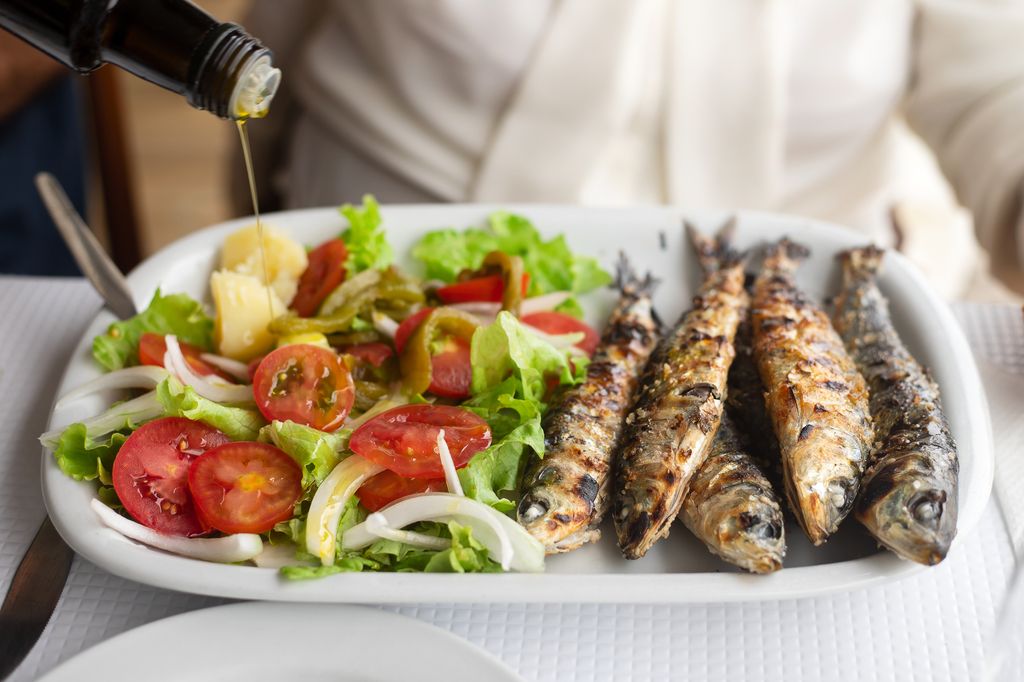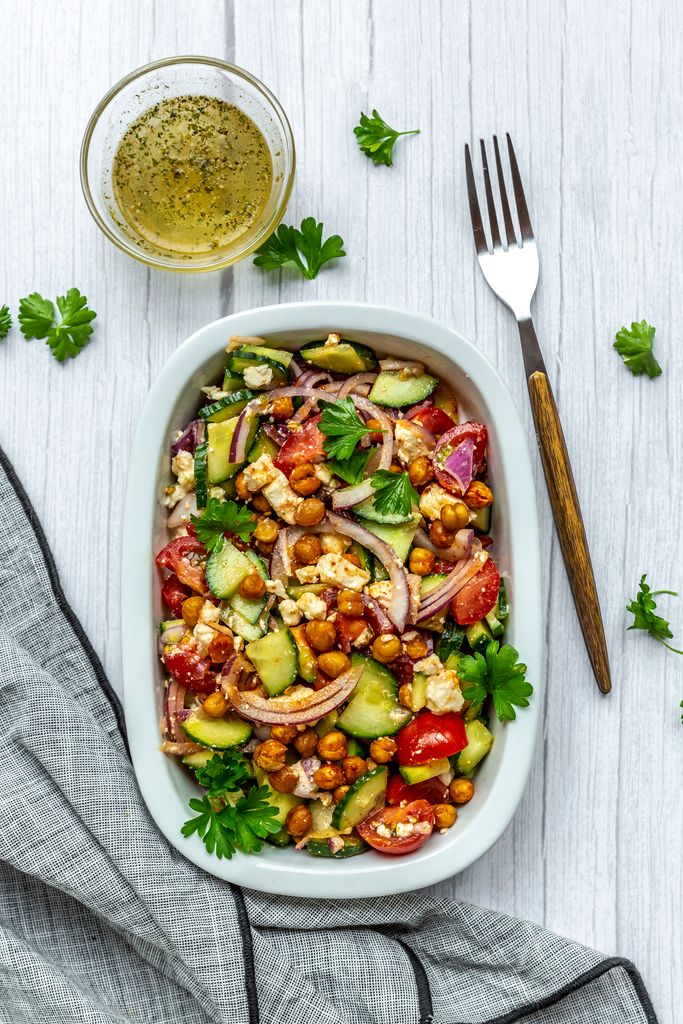It is not flashy or trendy. It is not marketed with buzzwords like “superfood” or “detox.” But in the heart of your kitchen cupboard sits a humble staple that nutritionists have long championed for its anti-inflammatory powers: tinned sardines.
Costing as little as £1 per tin, sardines are one of the most underrated health foods. They are packed with omega-3 fatty acids, vitamin D, and calcium, and they provide an impressive amount of high-quality protein. But what really sets them apart is their unique ability to soothe inflammation, particularly in joints and muscles.
Why inflammation matters
Most of us think of inflammation as something visible, redness, swelling, pain. But chronic, low-grade inflammation inside the body is a different beast. It contributes to everything from aching joints and muscle soreness to fatigue, skin flare-ups, and even autoimmune conditions. And it is something I see often in clients over 40, especially women going through hormonal changes that leave them more vulnerable to systemic inflammation.
This is where sardines come in. Their anti-inflammatory effect comes primarily from their high levels of EPA and DHA, two forms of omega-3 fatty acids that play a direct role in dampening inflammation pathways. While you can find omega-3s in flax and chia seeds, plant-based sources must first be converted in the body into these usable forms – a process that is notoriously inefficient.
The midlife advantage
For women in perimenopause and beyond, the benefits are even greater. As estrogen declines, we become more prone to inflammation. Many clients in their late 40s and 50s complain of joint stiffness, delayed recovery after workouts, or feeling “puffy” without obvious cause.
A few tins of sardines a week is one of the most effective and affordable ways to target this. Unlike fish oil supplements, which can oxidise or cause digestive issues in some people, sardines provide the full spectrum of nutrients in their natural form – including vitamin D, which supports bone health and mood, and calcium, essential for maintaining strength as we age.
How to eat them
Let us be honest. Sardines have a reputation. The smell, the texture, the idea of eating tiny fish with bones intact can be off-putting. But the bones are where much of the calcium lies, and the rich oil is what delivers those precious omega-3s.
Here is what I tell my clients: Start small. Mix them into a Mediterranean-style salad with cherry tomatoes, olives, and a squeeze of lemon. Mash them on wholegrain toast with avocado and a little mustard. Stir them through warm pasta with garlic, capers, and parsley. When paired with bold, fresh flavours, their briny intensity becomes a feature rather than a flaw.
And yes, opt for sardines in olive oil rather than sunflower or vegetable oil. The type of fat they are packed in matters, olive oil enhances their anti-inflammatory effect.
What I see in practice
One of my clients, Sarah, 52, came to me complaining of general stiffness, poor sleep, and muscle soreness that lingered for days after workouts. Her diet was plant-focused, low in processed foods, and she exercised regularly. But she avoided oily fish.
We made just one key change: adding sardines to her meals twice a week. Within a month, she noticed the difference. She recovered faster from strength sessions, her sleep improved, and she no longer felt sore every morning. Her only regret was not trying it sooner.
The budget superfood
In a cost-of-living crisis, the wellness world can feel unattainable. Not everyone can afford collagen powders or boutique supplements. But sardines? They are accessible. They require no prep, no cooking, no fuss. They sit quietly in your pantry until needed, and they deliver a nutritional punch few superfoods can match.
At around £1 a tin, they are not just good for your joints – they are good for your bank balance too.
Faye James is a Sydney-based accredited nutritionist and author of The 10:10 Diet, The Menopause Diet, The Long Life Plan and her latest book The Perimenopause Plan.
Read the full article here









